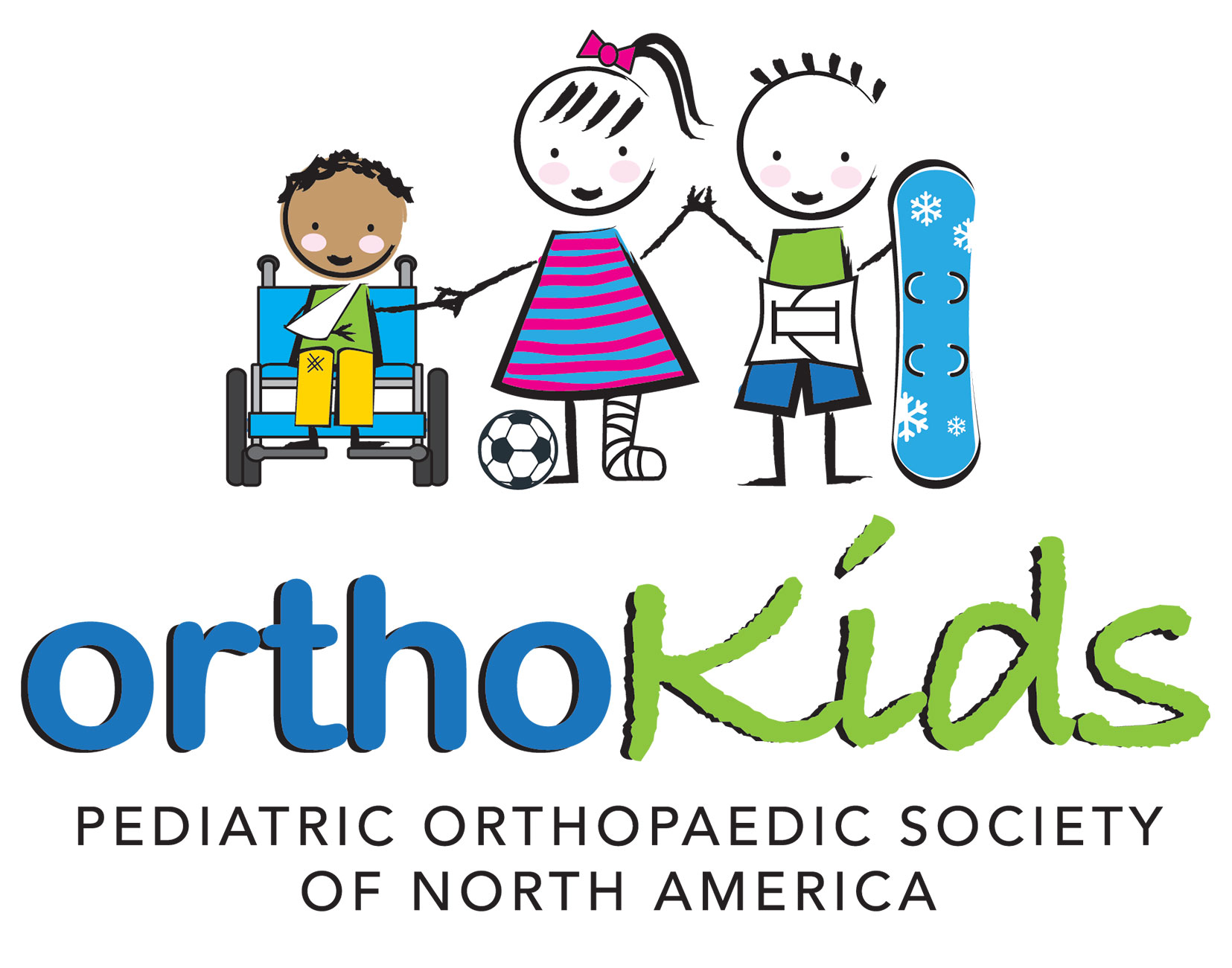Staying Healthy
Fitness for Kids
Fitness levels among kids are on the decline, and the number of overweight children is growing rapidly.
- According to the Centers for Disease Control and Prevention (CDC), only 24% of American children and adolescents ages 6 to 17 get at least 60 minutes of physical activity each day.
- The National Institutes of Health (NIH) reports that in the U.S., almost 1 in 5 children and adolescents ages 2 to 19 years are categorized as obese (95th percentile or greater) and almost 1 in 6 are considered overweight (85th to less than 95th percentile).
Children ages 6 to 17 should be getting at least 60 minutes of moderate-to-vigorous physical activity each day. Without enough exercise, kids can miss their chance to build the strong bones they will need later in life.
Bones grow in size and strength during childhood. The bone mass gained through physical activity during childhood helps determine how healthy a person's bones will be throughout their life.
Physical Activity Is Important
If you want strong bones, you have to use them. Like muscle, bone is living tissue that responds to exercise by becoming stronger.
Weightbearing Activity
During physical activity, bones and muscles work against gravity. This occurs with any type of weight-bearing exercise, including walking, jogging, dancing, and team sports like basketball and soccer. These activities cause bones to become stronger.
Weightbearing exercise is important throughout all stages of life, not just in childhood and adolescence.
Cardiovascular Activity
In addition to building stronger bones, regular physical activity also strengthens the heart and lungs. It lowers blood pressure, improves muscle strength and flexibility, reduces stress, improves mental health, helps control weight, and improves sleep.
A Healthy Diet Is Important
Childhood is a critical time for developing dietary habits that support bone health. Calcium is an important ingredient in healthy bones. Osteoporosis is a disease that can develop later in life as a result of lack of adequate calcium during the growing years.
Young people can help avoid osteoporosis by putting "deposits" of at least 1,300 mg of calcium each day into their "bone banks." Calcium comes in dairy foods, like milk, yogurt, and cheese, as well as leafy green vegetables, like spinach, kale, and broccoli.
Getting Started
Getting started is the toughest step in any exercise program — but it is the most important step. Slow and steady is the best way to begin to improve general fitness.
- Start with a variety of physical activities.
- Choose fun activities throughout the year.
- Take plenty of time to get ready. Warming up before exercise gets your body ready to be active. Do walking, bending, and gentle stretching exercises. Flexibility exercises will help avoid injuries. Here are some simple stretching exercises that can be used to warm up: Flexibility Exercises for Young Athletes.
- Work toward fitness goals gradually.
Tips for Kids
- Plan to be active for at least 60 minutes each day. This can be broken up into shorter periods. Try 15 minutes of walking; 20 minutes of an active game, like tag, or playing on the playground; and 25 minutes of sports.
- Keep a daily activity log of minutes spent on activity. To build strength in the legs, hips and the lower spine, try brisk walking, jogging, or hiking. If you have a dog, taking them for walks is a great way to get some daily exercise.
- Exercise can be fun. Try team sports (like soccer, baseball, softball, and basketball), or individual sports or activities (like dancing, swimming, tennis or pickleball, skating, martial arts, and bowling).
Tips for Parents
- Exercise should be fun! Put the emphasis on having fun rather than on winning or individual achievement (such as winning a race or advancing to a higher level).
- Be a role model. Join children for a bike ride, a swim, a ball game, or a long walk.
- Use physical activity as a reward. Plan a family trip to the park, playground, pool, or water park.
- Make exercise part of everyone's daily routine. Chores such as raking leaves, painting, or walking the dog are great ways to increase physical activity.
- Schedule physical activity. Think about planning activities in 10- to 15-minute blocks of time throughout the day.
- Select toys and gifts that promote physical activity, such as a jump rope, ball, roller or inline skates, water bottle, or athletic shoes.
Contributed and/or Updated by
Peer-Reviewed by
AAOS does not endorse any treatments, procedures, products, or physicians referenced herein. This information is provided as an educational service and is not intended to serve as medical advice. Anyone seeking specific orthopaedic advice or assistance should consult his or her orthopaedic surgeon, or locate one in your area through the AAOS Find an Orthopaedist program on this website.








